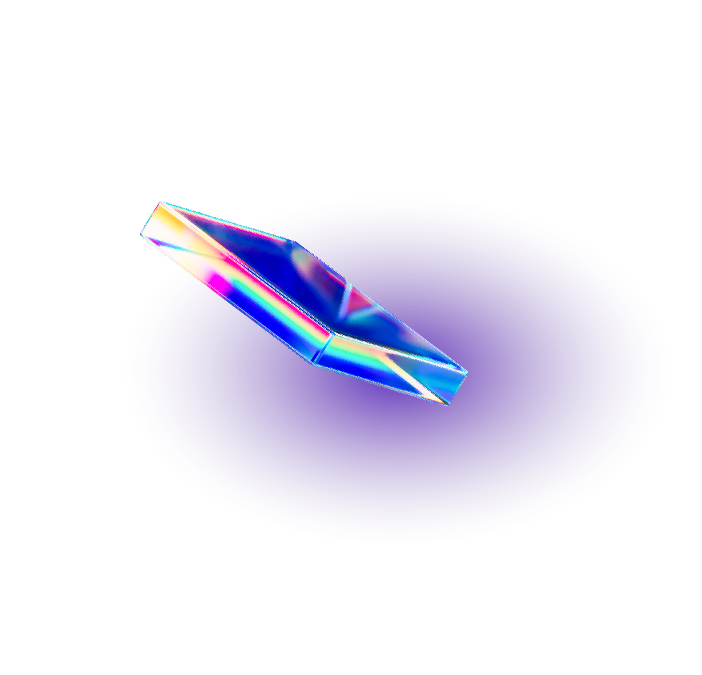What’s the difference between Artificial Intelligence and Machine Learning
What’s the difference between Artificial Intelligence and Machine Learning
Artificial intelligence (AI) and machine learning (ML) are closely related subjects that often are used interchangeably, but machine learning is a subset of the general AI category. As a result, when looking at AI vs. ML, the discussion is less about the differences and more about where they intersect or the interconnection of the two. Machine learning is a subfield of Artificial intelligence.
Machine learning history started in 1943 with an early mathematical model of neural networks, but the term, “Machine Learning”, was officially coined in 1952 by Arthur Samuel, a computer scientist and early AI pioneer.


The first use of AI was in the mid-50s and based on the framework, “Computing Machinery and Intelligence” written in 1950 by mathematician and computer scientist Alan Turing.


The term AI traces back to 1955 when The Logic Theorist project, designed to mimic the human mind’s problem-solving skills, was launched with funding from the RAND Corporation.


Generally speaking, AI is about the computer’s ability to emulate the human mind and perform tasks in real-world situations.


S&P says in the recent 2023 Global Trends in AI, “AI is no longer an emerging technology” and in fact has “shifted from being viewed as a cost-saver to a revenue generator”. It further states “69% of surveyed organizations report having at least one project in production and 28% have reached enterprise scale.” There are some key differences between AI and ML the following breakdown will show.

There are Two Types of AI
Artificial Narrow Intelligence (ANI)
Narrow AI is where we have been.
Artificial Narrow intelligence systems are designed to perform a specific task or tasks, such as playing chess, recognizing speech, and presenting predictions based on trend data such as stock price or various market inflection points.
Artificial Narrow Intelligence is used across many industries such as fraud detection in banking, identifying potential defects in manufacturing, or analyzing patient records to assist in some clinical considerations for physicians.
Examples of Artificial Narrow Intelligence
Predictive Algorithms for internet search
Voice Assistants such as Siri, Alexa, and Google Home
Facial recognition and object sensory acquisition systems.
Artificial General Intelligence (AGI)
General AI is the direction we are heading.
Artificial General Intelligence systems describe systems that perform any intellectual task that a human can. While progress has been made in developing narrow AI systems that can perform specific tasks with increasing proficiency, AGI is still developing
Fully realized AGI systems have yet to reach the market. Some liken AGI to a child learning through action and reaction. The action may not be prompted by a training model, but the reaction provides the data insights and logic it will apply during the next iteration of this action.
Examples of Artificial General Intelligence
Fully Autonomous or self-driving vehicles
Human conversational tools similar to GPT-4
Medical Expert Systems that mimic human logic in deducing a treatment course.
Machine Learning, a more specific branch of AI, is about pattern recognition and learning based on the algorithms experiencing the data to make better decisions and outcomes.
3 Types of Machine Learning
Supervised Learning
Supervised learning involves training a model on a known dataset, with scripted outcomes based on labeled inputs.
Supervised learning enables the algorithm to yield accurate results when presented with new data, not-yet-seen.

Supervised Machine Learning applications employing this method are credit scoring, email filtering, and voice recognition.
Unsupervised Learning
Unsupervised learning involves no known answer but must determine an answer by analyzing data, patterns, and relationships.
Unsupervised learning models do not require supervision while training. This approach makes this method ideal when discovering new patterns across an unstructured dataset.
Examples
The Unsupervised learning approach would be recommender systems, social network analysis, customer segmentation, anomaly detection, and preparing data for supervised learning.
Reinforcement Learning
Reinforcement learning involves training a model through a process of trial and error, where the algorithm receives feedback based on its actions.
Reinforcement learning is absent of a training model but learning from its experience(s). Since there is no answer for the algorithm to learn a reinforcement agent is executed to decide what task must be performed.
Reinforcement learning is an autonomous, self-teaching system that essentially learns by trial and error. It performs actions to maximize rewards, or in other words, it is learning by doing to achieve the best outcomes.
AI/ML will continue to evolve and mature, however, through this maturity process a variety of challenges will emerge that organizations must face and address. Some of those challenges are as follows.


Challenges
The enemies of ideal Machine Learning
- • Noisy data
- • Dirty data
- • Incomplete data
Solution
Iteration until the result is clear data.
- • Evaluate and scope
- • Meticulous data governance
- • Data integration
- • Data exploration

Challenges
- • Scale and strain on legacy
data infrastructures - • Diversity of datasets
- • Extreme size of datasets
- • Insufficient data pipeline
Solution
The market momentum, continued adoption, and the rapid
evolution of AI/ML will necessitate a modern data platform to
address the data infrastructure and performance challenges.